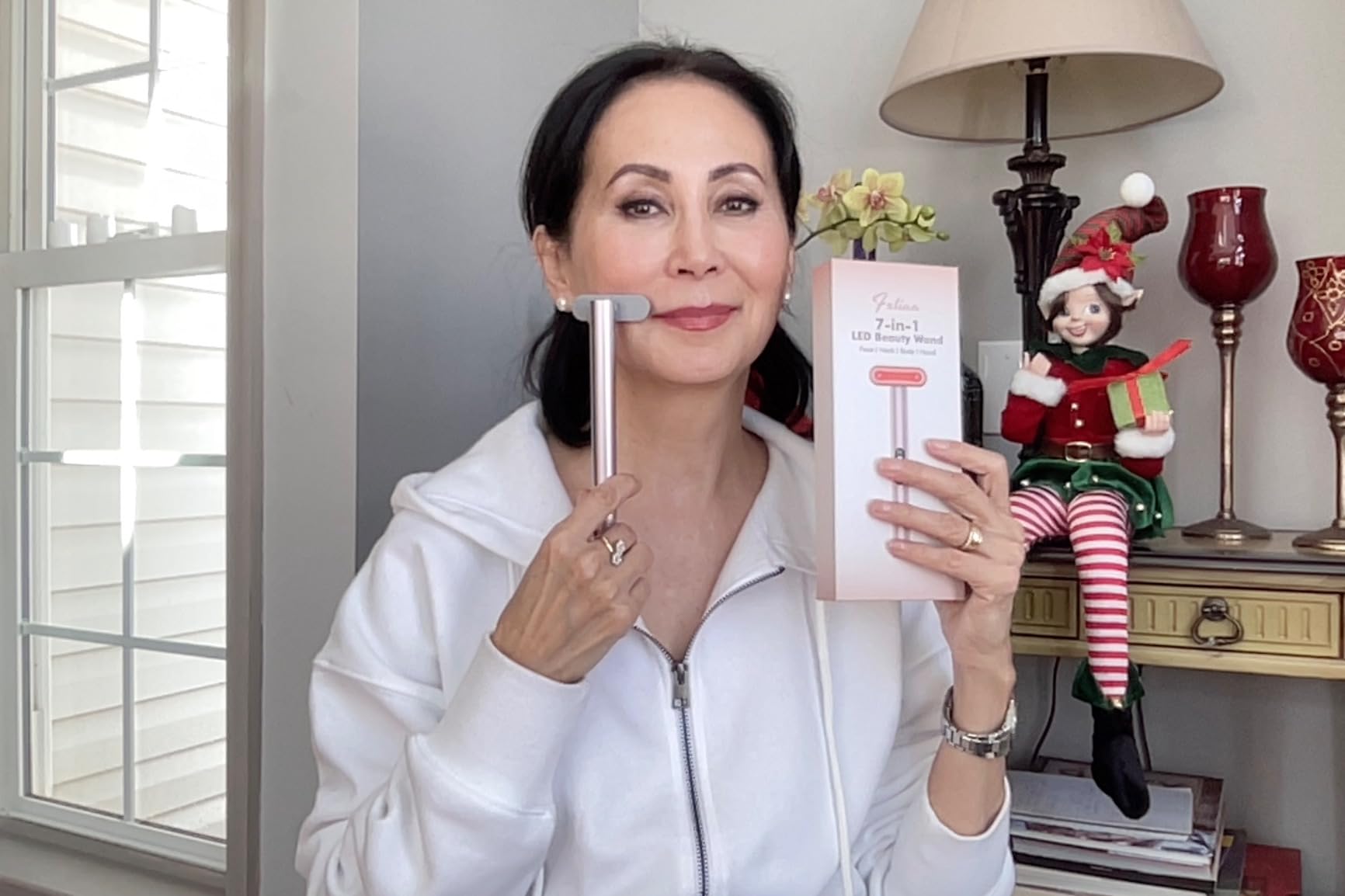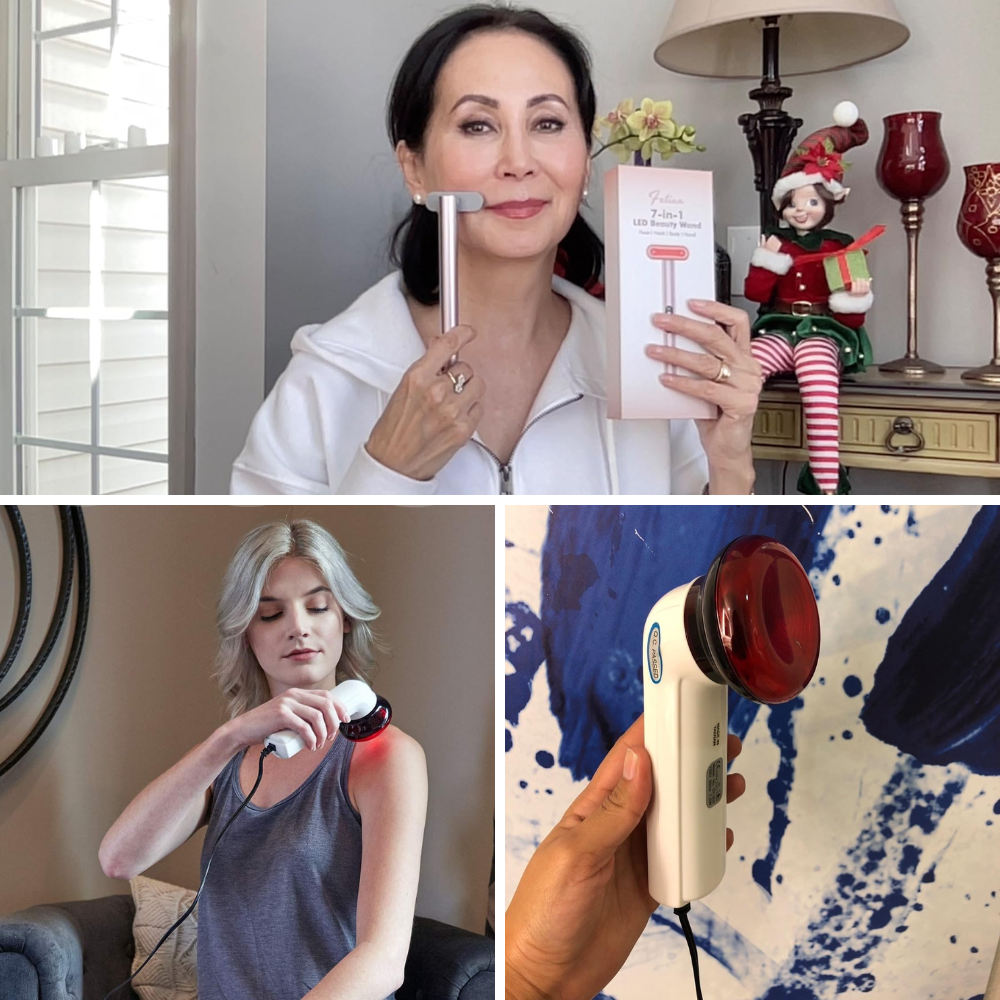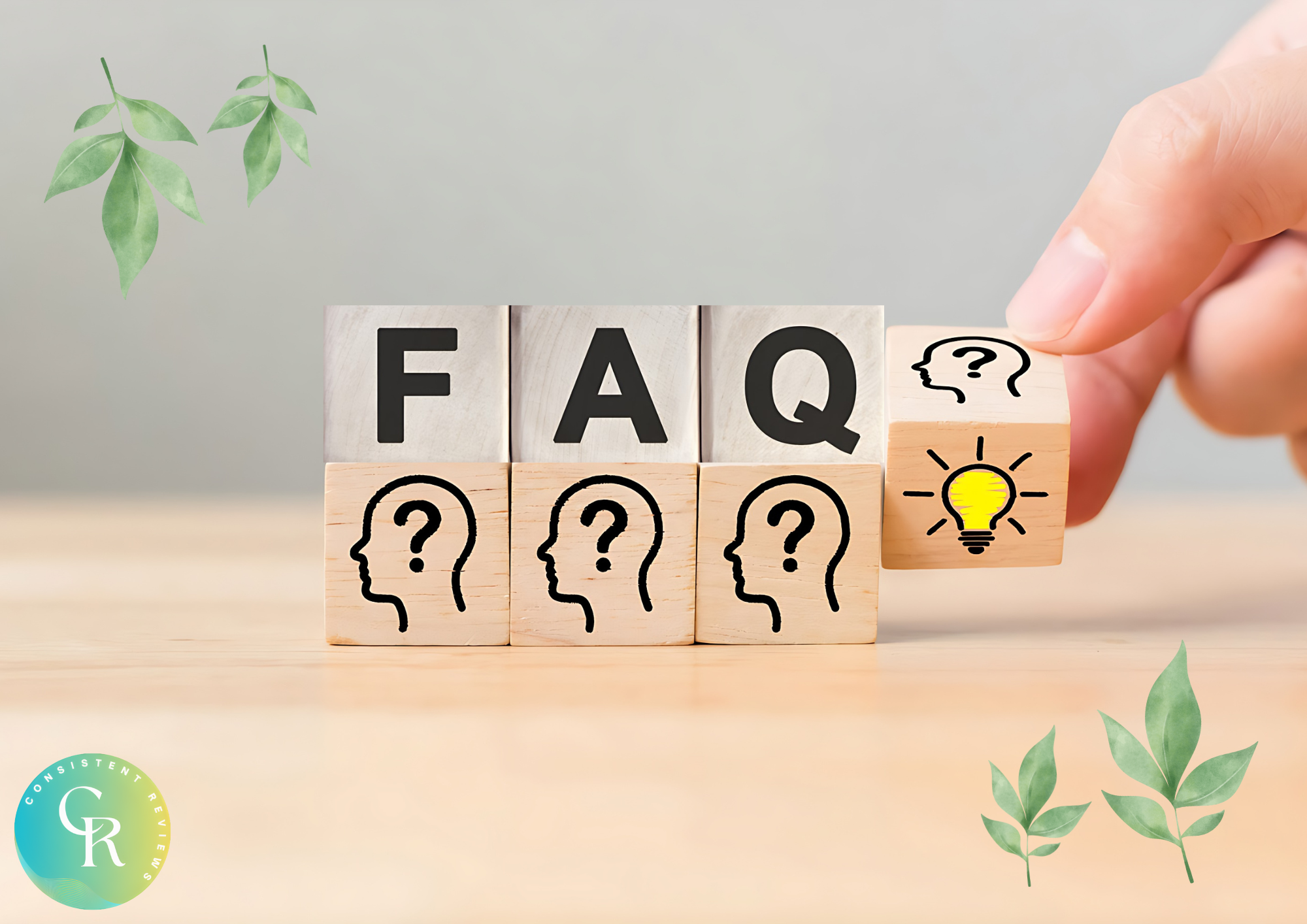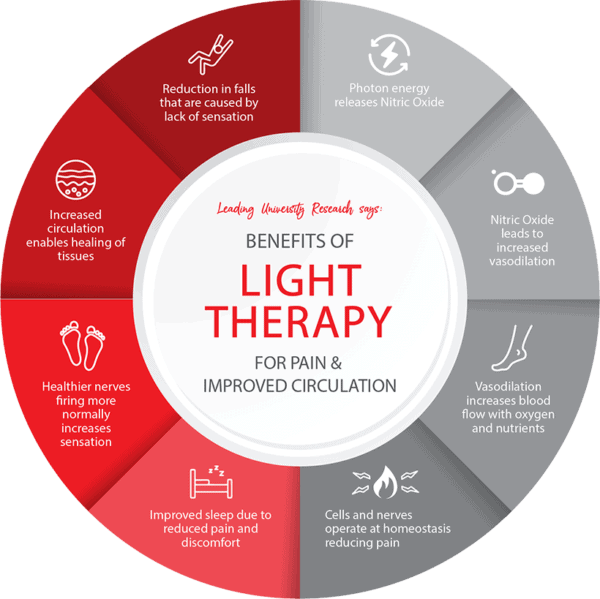Key Takeaways:
- Effectiveness of Different Light Colors: Understanding which color light therapy is most beneficial for managing eczema symptoms.
- Safety and Precautions: Insights into the safety measures and potential risks associated with different types of light therapy.
- Comparative Analysis: How light therapy stands against other treatments for eczema in terms of effectiveness and patient satisfaction.
Eczema, or atopic dermatitis, is a chronic skin condition characterized by itchy, inflamed skin. While there are numerous treatments available, light therapy has emerged as a promising option for many sufferers. This article delves into the specifics of what color light therapy is most effective for treating eczema, exploring various aspects from effectiveness to safety concerns.
Understanding Eczema and Light Therapy
Eczema affects millions worldwide, manifesting as dry skin, itchy skin, and skin rashes that can significantly impact quality of life. Traditional treatments include topical steroids and systemic medication, but these can have side effects and limitations. Light therapy, or phototherapy, using various parts of the light spectrum, offers a non-invasive alternative.
Light therapy for eczema involves exposure to specific wavelengths of light under controlled conditions. This treatment can help reduce inflammation and relieve symptoms associated with eczema. The National Eczema Association recognizes UV light therapy, particularly UVB light, as an effective treatment for managing severe eczema.
The Role of UV Light in Eczema Treatment
UV light therapy, particularly narrowband UVB, has been extensively documented for its benefits in treating eczema. It helps by reducing skin inflammation and is generally safe when administered under medical supervision. Regular treatments can lead to significant improvement in skin condition, with reduced dryness and itchiness.
However, despite its benefits, UV light therapy comes with caveats. Prolonged UV exposure can increase the skin cancer risk, and it may cause premature aging of the skin. Therefore, it's crucial to use this treatment under the guidance of a healthcare provider, who can balance the benefits against potential risks.
The Impact of Natural Sunlight on Eczema
Natural sunlight has been a topic of interest in the treatment of eczema due to its potential to improve symptoms through exposure to ultraviolet light. Studies suggest that moderate sun exposure can help some people with eczema by reducing inflammation and aiding in vitamin D production, which is crucial for skin health. However, it's essential to balance this with the risk of UV damage, making it necessary to consult with health care professionals to tailor sun exposure safely.
While natural sunlight can be beneficial, it's not suitable for everyone. For individuals with UV sensitive dermatitis or conditions like eczema herpeticum, exposure to sunlight can exacerbate symptoms. Therefore, treatment plans often recommend controlled light therapy under medical supervision instead of unregulated sun exposure. This approach helps to harness the benefits of UV rays while minimizing potential harm, providing a safer alternative for managing eczema.
Optimizing Light Therapy Protocols for Different Eczema Types
When considering how to treat eczema effectively, it's crucial to understand that not all eczema types respond similarly to light therapy. For instance, nummular eczema, characterized by its round patches, may benefit significantly from targeted UVB phototherapy. This treatment option involves exposing the skin to the UVB spectrum, which can help reduce inflammation and itching. The National Psoriasis Foundation supports the use of UVB light as a viable option for treating various types of eczema due to its ability to slow down the overactive immune system responses that often exacerbate the condition.
On the other hand, dyshidrotic eczema, which typically affects the hands and feet, might require a different approach. UVA phototherapy, which penetrates deeper into the skin compared to UVB, can be more effective for this type of eczema. UVA light, often used in conjunction with topical treatments, helps to tame the intense itching and reduce the frequency of flare-ups. By customizing light therapy protocols to address the specific needs of different eczema types, patients can experience more significant relief and potentially shorter treatment durations.
The Psychological Effects of Light Therapy on Eczema Patients
Light therapy may not only alleviate physical symptoms of eczema but also improve the psychological well-being of patients. Individuals suffering from chronic skin conditions like eczema often experience significant emotional distress, including anxiety and depression. The use of light therapy, particularly ultraviolet (UV) light, has been observed to boost mood by stimulating the production of serotonin, a neurotransmitter associated with feelings of happiness and well-being. This dual benefit enhances the overall quality of life for eczema sufferers, making light therapy a compelling option for comprehensive treatment plans.
Moreover, the psychological uplift associated with improved skin appearance cannot be overstated. As eczema lesions begin to heal over several weeks of consistent light therapy, patients often report increased self-esteem and a more positive outlook on life. This improvement in mental health is crucial, as it can further enhance the effectiveness of treatment by reducing stress-related flare-ups and encouraging adherence to prescribed therapy protocols. Thus, light therapy serves as a bridge between physical health and emotional resilience, offering a beacon of hope for those battling the visible and invisible scars of eczema.
Integration of Red Light Therapy in Eczema Management

Red light therapy is gaining traction as a viable treatment option for eczema due to its anti-inflammatory properties. This therapy involves exposing the skin to a specific wavelength of red light, which is believed to penetrate deep into the skin layers. This process helps in reducing inflammation and can accelerate cell repair. Studies suggest that red light therapy may help in soothing the skin, reducing itchiness, and improving the overall skin barrier function, which is crucial for eczema sufferers.
Moreover, red light therapy stands out as it does not emit UV rays, making it a safer alternative for long-term use. Patients with eczema can integrate this treatment into their routine without the risk of UV-induced skin damage. The therapy sessions are typically short, often ranging from 10 to 20 minutes, and can be easily administered in a clinical setting or at home with the right equipment. As research expands, red light therapy continues to show promise not only as a treatment for acute eczema flares but also as a preventive measure to maintain skin health.
Emerging Trends in Light Therapy for Eczema
As the landscape of eczema treatment options continues to evolve, emerging trends in light therapy are showing promising results. Innovations such as pulsed dye lasers and broadband UVB therapy are gaining traction. These methods offer precise control over the intensity and duration of light exposure, potentially reducing side effects associated with traditional UV therapy. By targeting specific layers of the skin, these advanced technologies aim to improve the efficacy of treatments while minimizing discomfort for patients.
Furthermore, the integration of AI technology in light therapy devices is setting a new standard in eczema management. AI algorithms can analyze the patient's skin condition in real-time, adjusting the light wavelengths and exposure based on the severity and type of eczema. This personalized approach not only enhances the effectiveness of the treatment but also ensures a higher level of safety and patient satisfaction. As these technologies develop, they could revolutionize how light therapy is used in the treatment of eczema, making it more accessible and efficient.
Combining Light Therapy with Other Eczema Treatment Options
Integrating light therapy with other eczema treatment options can lead to synergistic effects, enhancing the overall management of the condition. For instance, combining UV light therapy with topical corticosteroids or moisturizers can help in achieving better skin barrier function and reducing inflammation more effectively than using light therapy alone. This combination approach allows for a more comprehensive management strategy, addressing both the symptoms and underlying causes of eczema.
Moreover, recent studies have explored the benefits of combining blue light therapy with natural remedies, such as aloe vera or tea tree oil, which are known for their soothing and antimicrobial properties. This holistic approach not only helps in managing eczema symptoms but also promotes skin health, reducing the likelihood of flare-ups. By exploring these combined treatment options, healthcare providers can offer a more diversified and effective treatment plan tailored to the unique needs of each eczema patient.
Personalized Light Therapy Plans: Tailoring Treatment to Individual Needs
Creating personalized light therapy plans is essential for maximizing the effectiveness of treatment for eczema. Each individual’s skin condition presents uniquely, influenced by various factors such as skin type, severity of symptoms, and specific triggers. Dermatologists are now using advanced diagnostic tools to better understand these nuances and develop customized light therapy schedules that align with each patient's unique needs.
This personalized approach ensures that the treatment intensity and duration are just right, optimizing the therapeutic benefits while minimizing potential side effects. For instance, a patient with mild eczema might require shorter and less frequent light therapy sessions compared to someone with severe symptoms. By tailoring the treatment plans, healthcare providers can offer a more targeted, effective, and patient-friendly approach to managing eczema through light therapy.
Long-term Management and Maintenance with Light Therapy
Incorporating light therapy into long-term management plans for eczema can be highly effective. For many patients, ongoing maintenance sessions using ultraviolet UV light can prevent the recurrence of severe symptoms and help manage chronic conditions effectively. Typically, after an initial phase of more intensive treatment, dermatologists may recommend a scaled-back regimen that still utilizes UV light but at a reduced frequency. This approach helps maintain the skin's health without overexposure to UV rays, balancing treatment efficacy with safety.
Furthermore, for long-term management, it's crucial to tailor light therapy protocols to individual needs, considering factors like skin type, severity of eczema, and previous response to treatment. Regular evaluations and adjustments by healthcare professionals ensure that the treatment remains effective over time and adapts to any changes in the condition or overall health of the patient. By doing so, light therapy continues to provide a viable solution for managing eczema, helping patients lead a more comfortable and confident life.
The Intersection of Light Therapy and Eczema-Triggered Cold Sores
For individuals with eczema, the risk of experiencing cold sores triggered by UV exposure is a significant concern. Ultraviolet (UV) light, particularly from sources like tanning beds, can sometimes activate the herpes simplex virus, leading to cold sores. This poses a dilemma as UV light is also a treatment modality for eczema. However, with careful management and the use of antiviral tablets, the benefits of light therapy can often outweigh the risks. Antiviral medications can preemptively tackle the virus, allowing for the safe use of UV light to treat eczema without the heightened risk of inducing cold sores.
Moreover, the application of broadband UVB phototherapy offers a safer alternative. This method utilizes a broader range of UV wavelengths, which can be adjusted to minimize exposure to the specific wavelengths that might trigger the herpes virus. By integrating preventive antiviral treatment and opting for broadband UVB, patients can effectively manage their eczema while mitigating the risk of cold sores. This dual approach ensures that the therapeutic benefits of light therapy are harnessed fully, providing relief from eczema symptoms while keeping potential complications at bay.
Advances in LED Technology for Eczema Treatment
Light Emitting Diode (LED) therapy is gaining traction as a promising treatment option for various inflammatory skin diseases, including eczema. LED therapy utilizes specific wavelengths of light to target different issues. For eczema, red and near-infrared LEDs can be particularly effective in reducing inflammation and promoting healing. This form of treatment is non-invasive and does not contain ultraviolet light, making it a safer option for long-term use.
Recent advancements in LED technology have made this treatment more accessible and effective. Devices designed for home use are now available, allowing for regular treatment without frequent visits to a healthcare provider. This convenience can significantly benefit individuals with chronic conditions like atopic eczema or contact dermatitis, as consistent use can help manage flare-ups and improve overall skin condition over time.
Exploring Blue Light Treatment for Eczema
Blue light treatment is another spectrum of light therapy that has gained attention for its role in managing skin conditions. Unlike UV light, blue light does not pose a risk of developing skin cancer, making it a safer alternative for long-term use. Studies suggest that blue light can help manage eczema by controlling bacteria on the skin and reducing inflammation.
Patients undergoing blue light treatment often experience relief from skin dryness and itchiness, with minimal side effects. The treatment sessions are short, typically lasting less than a minute, and do not require any recovery time, which adds to the convenience for the patient.
Comparing UV and Blue Light Therapy
When comparing UV and blue light therapy, each has its advantages and specific use cases. UVB light is more traditional and backed by substantial research, particularly for treating severe cases of eczema. Blue light, on the other hand, offers a gentler alternative, with a lower risk profile, suitable for patients sensitive to light or those with mild eczema.
Both treatments require protective measures, such as wearing protective goggles, to safeguard against potential harm. Additionally, the effectiveness of the treatment can vary based on the individual’s skin type and the severity of the eczema.
Safety Measures and Risks
Safety is a paramount concern with any form of light therapy. The risk of UV radiation, the potential for skin damage, and the need for regular monitoring make it essential for treatments to be conducted in specialist clinics under professional supervision. Patients should be aware of the risk factors and discuss their health history with their healthcare provider before beginning treatment.
Blue light therapy, while safer, still requires precautions to avoid overexposure. It is generally safe, but as with any treatment, it should be tailored to the individual’s specific needs and health conditions.


Q1: How often should light therapy sessions be conducted for effective eczema treatment?
A1: The frequency of light therapy sessions can vary depending on the severity of the eczema and the type of light used. Typically, sessions are conducted two to three times a week under professional supervision.
Q2: Are there any side effects associated with light therapy for eczema?
A2: Common side effects include mild redness and dryness of the skin. However, with UV light therapy, there is also a risk of skin cancer and premature aging if not properly managed.
Q3: Can light therapy be used in conjunction with other treatments for eczema?
A3: Yes, light therapy can be used alongside other treatments such as topical steroids and moisturizers. It is important to coordinate these treatments with a healthcare provider to optimize efficacy and safety.

Light therapy offers a valuable option for treating eczema, with different wavelengths providing relief from the chronic symptoms of this condition. UV light therapy is effective but must be used with caution due to its association with skin cancer risk and premature aging. Blue light therapy presents a safer alternative, especially suitable for long-term use and for patients with mild to moderate eczema. As with any medical treatment, consultation with a healthcare provider is crucial to ensure safety and efficacy.










